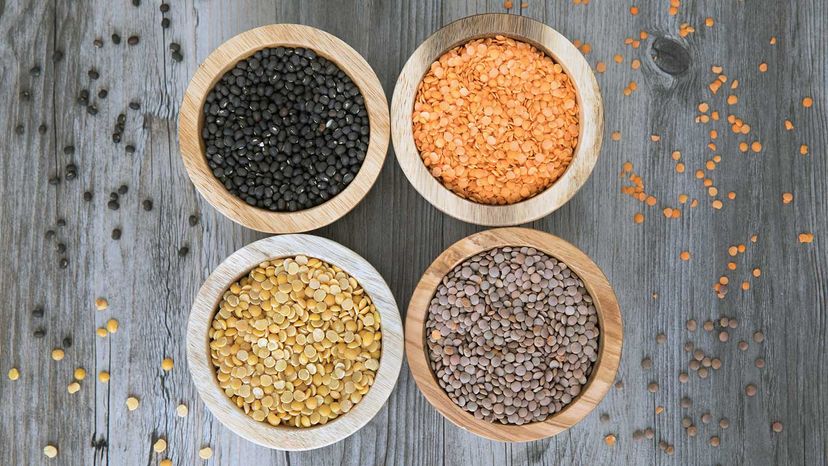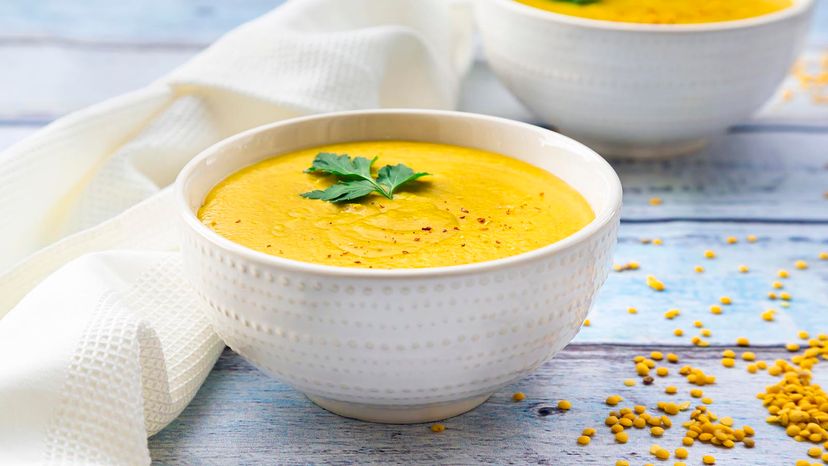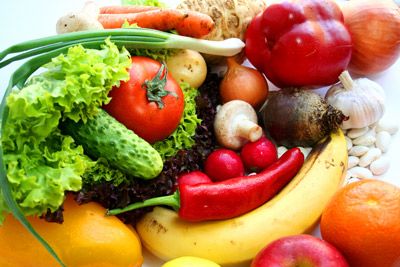They may be small, but lentils pack a powerful punch when it comes to nutrition. They're filled with folate, fiber, iron and potassium, as well as manganese, a mineral that helps your brain function normally. This wholesome quality is one reason dietician and creator of the Quarantine Food Calculator, Joanna Michalowski, recommends legumes, whether clients eat meat or not.
"Consuming as little as a half a cup of lentils per day can significantly enhance our diet quality," Michalowski says via email. "Lentils contain other plant compounds called phytochemicals that have antioxidant and anti-carcinogenic effects, which indicates that consuming lentils can have protective effects against chronic disease including cancer, heart disease and Type 2 diabetes."
Fiber is another key to healthy eating, and lentils are brimming with it. High-fiber foods take more time to digest, according to Mayo Clinic, and they make you feel fuller for longer. That means you'll crave fewer calories and avoid overeating.
If a baby's in your future, listen up: The folate in lentils is a vitamin that's essential for women of childbearing age, registered dietitian and nutrition blogger Kara Lydon of Kara Lydon Nutrition says via email. Folic acid helps form the neural tube (the embryonic structure that creates the brain and spinal cord); without adequate folate, babies can suffer serious, and sometimes fatal, neural tube defects that affect the spine, spinal cord or brain.




